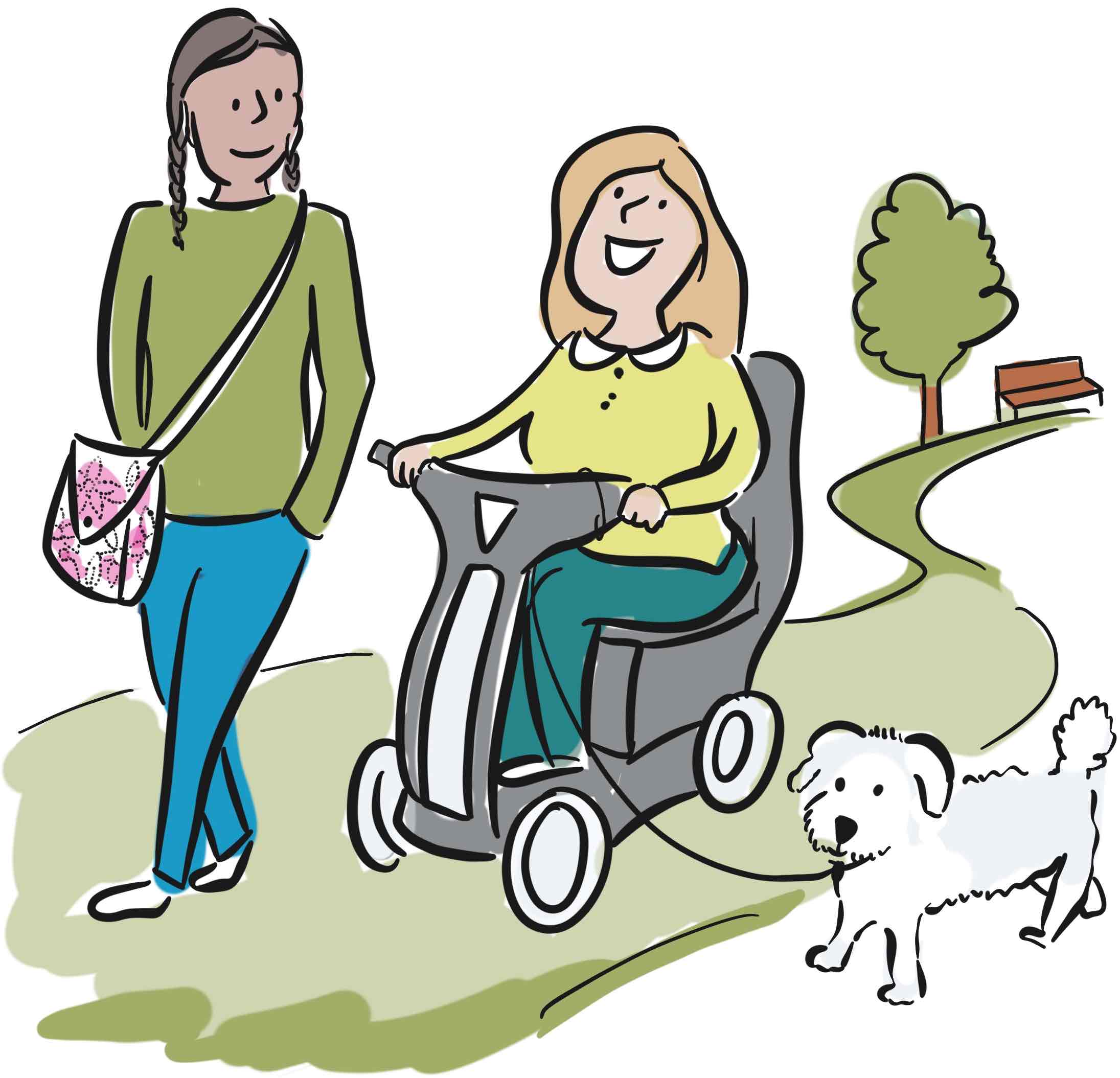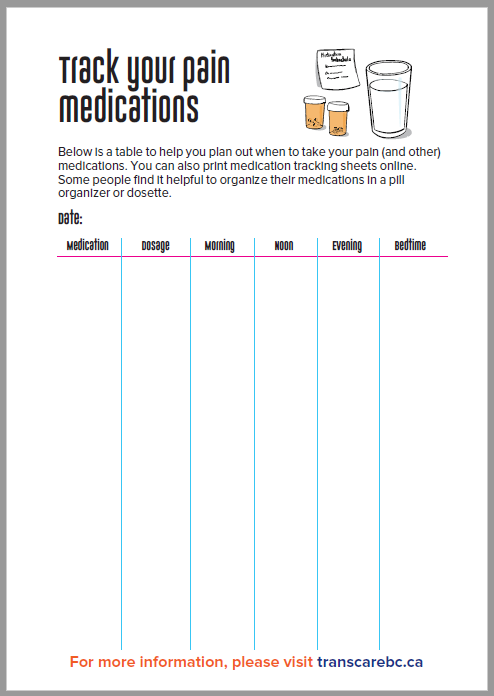Take Good Care of Your Body
Get lots of rest
Plan to do less activity during the day and allow yourself to nap. Your body needs extra sleep while you are healing.
Relaxation techniques can help your body heal from surgery, too. They reduce the effects of stress on your body, letting your body’s systems focus on the healing process.


Limit arm movement
There are variations in recommendations among surgeons for how to limit your arm movement after surgery- follow the instructions given to you by your surgeon.
Wear your compression bra/garment
You may come out of surgery wearing a compression bra/garment to help reduce swelling. It may feel uncomfortable overtime, but it is very important to continue to wear it as directed by your surgeon.
If you have problems or concerns related to the compression bra/garment, contact your surgeon.
Manage nausea
Experiencing some nausea and vomiting after surgery can be normal. You can try taking Gravol or ginger.
If it persists for several days, call your healthcare provider.
Manage constipation
Constipation is a common side-effect of pain medication. If you experience this, try increasing the number of walks you take, drinking more water, eating more fruits and vegetables, eating prunes, or taking a stool softener. Get protein from food sources other than dairy. If constipation continues for several days, call your healthcare provider.

Manage pain
It is normal to experience a moderate amount of pain during the first few days after your surgery. Take your pain meds on time to keep your pain under control, manage stress, promote healing and decrease complications.
You may wish to use the pain medication tracking chart, featured in this support tool.
This chart is included in the Workbook for Breast Construction Surgery.
Follow Post Operative Massage Instructions
Your surgeon may give you instructions on how to gently massage your breasts to help keep the skin soft and pliable. If so, following these instructions will help to reduce complications, such as capsular contraction.
Take care of your scars
Your surgeon may give you instructions on how to care for your scars. Ask about when, how and for how long you can massage your scars with an unscented/non-fragranced moisturizer and apply silicone gel pads. Scars can take up to 18-24 months to mature.
Move to promote healing
Go for little walks after your surgery. Walking increases your blood flow, which speeds up the healing process.
If walking is not an option for you, or if you are lying down for long periods of time, leg exercises and breathing exercises will also increase your blood flow and support your healing.
See the Workbook for Breast Construction Surgery for exercise suggestions.


Attend your check-ups
You will make a plan with your surgeon for check-ups after surgery. Your health care providers will make sure your incisions are healing well.
They may ask about pain, bleeding, bowel movements, fever, and how you are feeling physically and emotionally.
